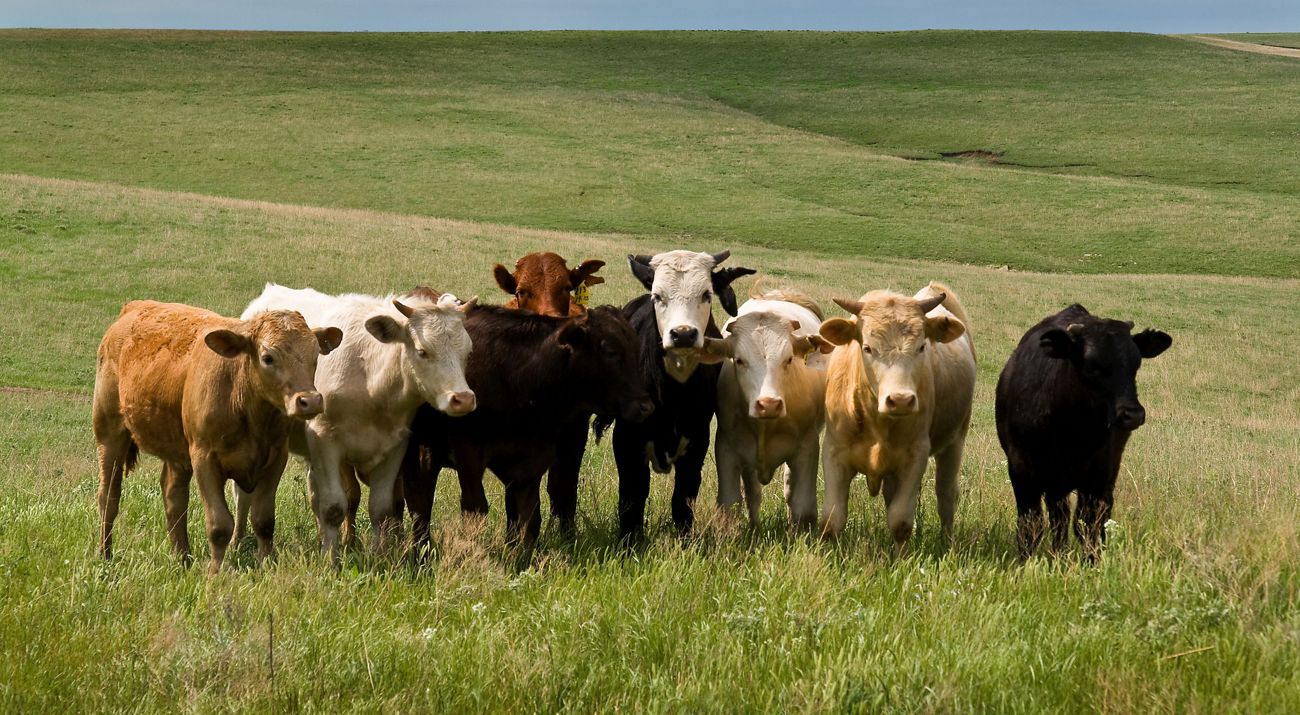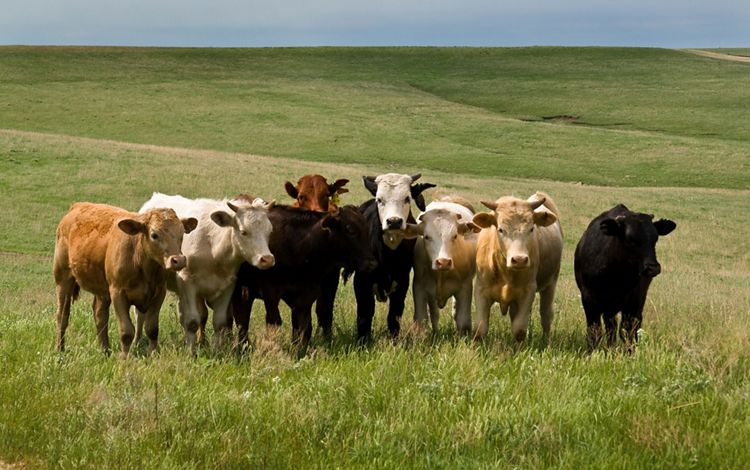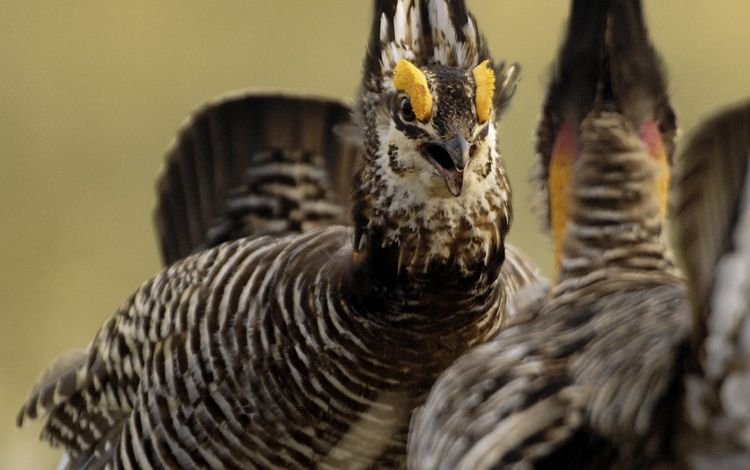What are the Flint Hills?
The Flint Hills is a four-million-acre region in eastern Kansas and northeastern Oklahoma. The deep-rooted prairie grasses in the Flint Hills nurture some of the greatest biological diversity in the world.
This area was spared from conversion because of rolling hills of limestone, chert (flint) and shale that made the area difficult to farm. The land couldn’t easily be plowed and, when homesteaders soon found that cattle gained weight easily on the rich native grasses, the Flint Hills became known as prime grazing land. Ranching continues to dominate the local economy and is the primary agricultural use of the tallgrass prairie.
Because the Flint Hills have mostly remained native tallgrass prairie, some of the healthiest streams in Kansas are in the Flint Hills. The Flint Hills are also critical habitat for migrating shorebirds.
Without long-term conservation, the Flint Hills will likely follow the same fate as many other lost natural areas.
That's why The Nature Conservancy is empowering landowners to preserve the land through conservation easements and land management practices that enhance wildlife habitat and protect native plant diversity. We also own several nature preserves in the Flint Hills where we implement and test conservation practices. We then freely share our findings and help others carry out these practices. We are also working to find solutions to the problem of high smoke concentrations during spring burning.

















